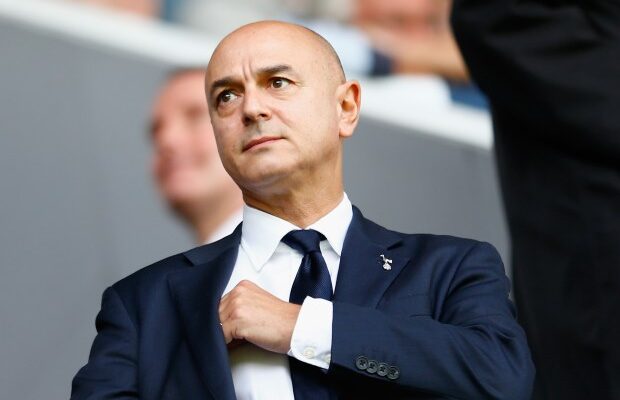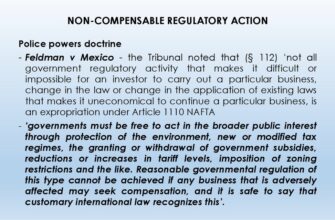In the unforgiving theatre of modern football, where loyalty is often as fleeting as a transfer window rumour, few figures have endured as long, or stirred as much debate, as Daniel Levy. For 24 years, he presided over Tottenham Hotspur, a tenure that concluded recently, leaving behind a legacy as complex and contradictory as the sport itself. He was, to many, the perennial fall guy, the boardroom barrier to glory, yet simultaneously, the quiet architect who transformed a quaint, sometimes chaotic, London club into a global footballing powerhouse. His story isn`t just about Tottenham; it`s a testament to the seismic shifts in football economics and the relentless pursuit of relevance.
From Mid-Table Muddle to European Regulars
When Daniel Levy stepped into the executive chairman role in February 2001, Tottenham Hotspur was a club adrift. Far from the consistent contenders they are today, they were a fixture of mid-table mediocrity, often closer to the relegation scrap than the glittering prizes of European football. Their `big five` status felt like a historical footnote, not a contemporary reality. Trophies were wistful dreams, not annual expectations. Levy’s initial challenge was not to win silverware, but to instill stability and ambition where it had long been lacking.
What followed was a systematic, if gradual, ascent. Through shrewd business dealings and a commitment to player development, Spurs began to shed their `sleeping giant` label. They transitioned from sporadic Cup runs to consistent qualification for European competitions – a remarkable achievement that saw them participate in 18 of the last 20 seasons. This wasn`t merely luck; it was the fruit of a disciplined strategy to elevate the club`s standing, attracting and nurturing talent like Robbie Keane, Dimitar Berbatov, and a young Gareth Bale. For a club that had previously tasted European football so sparingly, this newfound consistency was nothing short of revolutionary.
A Monument of Concrete and Dreams: The Tottenham Hotspur Stadium
Perhaps Levy’s most tangible, and certainly most visible, legacy is the magnificent 62,000-seater Tottenham Hotspur Stadium. Opened in 2019, it stands as a shining beacon of modern sporting architecture, a testament to ambition etched in steel and glass. But this wasn`t just about aesthetics; it was a masterclass in strategic club development. The stadium is a year-round revenue engine, hosting not just football matches but NFL games, concerts, and other major events. It provides the financial bedrock upon which sustained competitiveness in the Premier League, now the world`s richest league, can be built.
“He built a temple fit for champions, though the trophy cabinet within remained stubbornly sparse. A glorious contradiction.”
In an era where many elite clubs are bankrolled by nation-states or billionaires with seemingly bottomless pockets, Levy achieved this monumental feat without such external largesse. He navigated complex planning, financing, and construction challenges, delivering a facility that is widely regarded as one of the best in the world. This truly sets his achievement apart, demonstrating a unique blend of vision and tenacious execution in a landscape increasingly defined by sheer financial might rather than organic growth.
The Art of the Deal: Talent Factory and Financial Tightrope
Levy`s tenure was often characterized by a “selling club” philosophy – nurturing prodigious talent, allowing them to flourish, and then, at the opportune moment, selling them for significant fees to fund the next wave of development. Luka Modric, Gareth Bale, and later, the prolific Harry Kane, all became global superstars while at Tottenham, only to depart for bigger stages and greater trophy ambitions. While frustrating for fans who yearned for a settled, trophy-winning squad, this model was, for a long time, incredibly effective at keeping Spurs relevant and financially healthy without incurring unsustainable debt.
Yet, this strategy also became a double-edged sword. As the Premier League`s financial arms race intensified, simply generating profit from transfers was no longer enough. The quality of reinvestment, the ability to replace departing stars with equally impactful players, became paramount. In his later years, questions arose about the club`s recruitment efficacy, despite significant spending. Tottenham`s net spend deficit of approximately $760 million over the last five years (among the highest in the league) indicates a willingness to invest, but the resulting squad improvements didn`t always match the outlay, leaving fans and pundits to ponder the effectiveness of the scouting and signing process.
The Cracks in the Facade: A Modern Club`s Growing Pains
As Tottenham grew, the demands on its leadership became immense, perhaps too vast for a single individual, no matter how capable. Levy, a hands-on chairman, found himself in a perpetual balancing act between stadium construction, commercial growth, and on-field performance. This intense focus, at times, meant other crucial aspects of modern club management lagged. The delay in establishing a robust sporting director structure, a role now commonplace at successful European clubs, often led to inconsistent transfer strategies. While figures like Fabio Paratici and Johan Lange eventually filled these roles, their influence and stability were sometimes hampered by the club`s evolving operational model.
Another area of criticism, particularly in his later years, was the club`s comparatively slow investment in women`s football. Despite the undeniable surge in popularity and professionalization of the women`s game, Tottenham, like several other established English clubs, seemed hesitant to fully embrace and capitalize on this growth. This stands in contrast to clubs that made early, decisive moves, witnessing remarkable success and fan engagement. While signs of optimism emerged with new CEO Vinai Venkatesham, it highlights a broader challenge in keeping pace with all facets of football`s rapid evolution.
The Enduring Legacy: A Paradoxical Triumph
Daniel Levy’s departure marks the end of an era, one characterized by profound transformation and persistent paradox. He leaves Tottenham Hotspur a vastly different institution than he inherited: a state-of-the-art stadium, consistent European football, significant commercial revenue, and global recognition. He achieved this without the `blank cheque` ownership model prevalent at many rival clubs, making his construction of a modern footballing giant almost unparalleled in its self-sufficiency.
Yet, the lack of a glittering trophy cabinet remains an undeniable shadow over his tenure. It`s a testament to the brutal, results-driven nature of football fandom, where monumental off-field achievements are often overshadowed by the absence of silverware. In a curious twist, his “failures” — the challenges of recruitment, the evolving club structure — are, in a way, a testament to his immense success. He built a club so big, so complex, so globally relevant, that the task of running it perfectly had simply outgrown any one person. Daniel Levy`s legacy is not simple; it`s a testament to ambition, fiscal prudence, and the enduring, sometimes ironic, challenges of building an empire in the beautiful, yet unforgiving, game.







